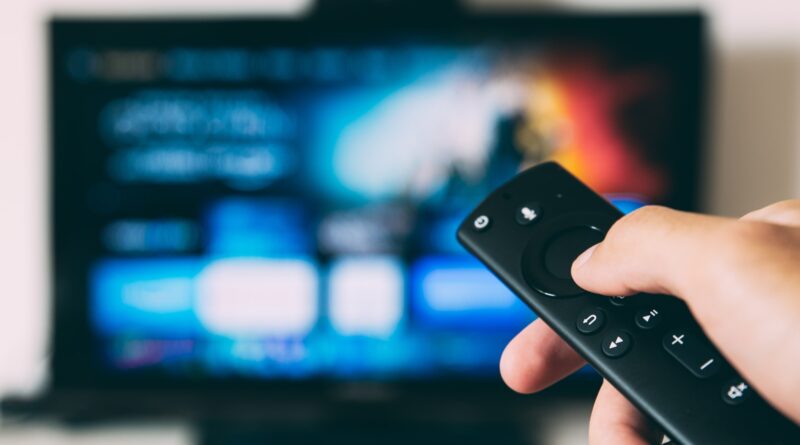Sending your computer screen to a TV is easier than you might think! Whether you want to stream movies, share presentations, or play games on a bigger screen, there are several simple methods to achieve this. Modern technology has made screen sharing accessible to everyone, and I’ll show you the most effective ways to do it. Let’s explore the options and find the perfect solution for your needs.
Spis treści:
Wired Connection Methods
The most reliable way to connect your computer to a TV is through a physical cable. HDMI is the most common and straightforward option. Simply plug one end of the HDMI cable into your computer’s HDMI port and the other end into your TV’s HDMI input. Most modern laptops and computers come with an HDMI port. If your computer doesn’t have an HDMI port, you can use adapters like DisplayPort to HDMI, USB-C to HDMI, or VGA to HDMI, depending on your computer’s available ports. The connection usually works automatically, but you might need to select the correct input source on your TV.
Wireless Connection Options
For those who prefer a cable-free setup, wireless screen sharing offers great flexibility. If you have a Smart TV, you can use built-in features like Chromecast, AirPlay, or Miracast. Windows 10 and 11 users can use the “Connect to a wireless display” option in the display settings. For Mac users, AirPlay works seamlessly with Apple TV or AirPlay-compatible Smart TVs. Many modern Smart TVs also support screen mirroring directly from both Windows and Mac computers through their built-in wireless display features.
Using Streaming Devices
External streaming devices provide another excellent solution for screen sharing. Devices like Google Chromecast, Amazon Fire Stick, or Roku can bridge the gap between your computer and TV. These devices plug into your TV’s HDMI port and connect to your home Wi-Fi network. Once set up, you can cast your computer screen using Chrome browser’s cast feature for Chromecast, or specific apps provided by the device manufacturers. This method is particularly useful for older TVs that don’t have built-in Smart features.
Troubleshooting Common Issues
Sometimes you might encounter issues when trying to connect your screen. First, ensure both your TV and computer are connected to the same Wi-Fi network for wireless connections. For wired connections, check if you’ve selected the correct input source on your TV. If the screen appears but there’s no sound, you might need to adjust your computer’s audio output settings. For wireless connections, keep your computer and TV relatively close to each other and to your Wi-Fi router to maintain a stable connection. If you experience lag, a wired connection might be a better option.
Optimizing Your Setup
To get the best experience, consider adjusting your display settings. On your computer, you can choose between duplicating or extending your display. Display duplication shows the same content on both screens, while extension allows you to use your TV as a second monitor. You can also adjust the resolution settings to match your TV’s capabilities for the best image quality. Remember to check your TV’s display settings as well – some TVs have a specific “PC mode” or “Game mode” that reduces input lag and optimizes the picture for computer use.
